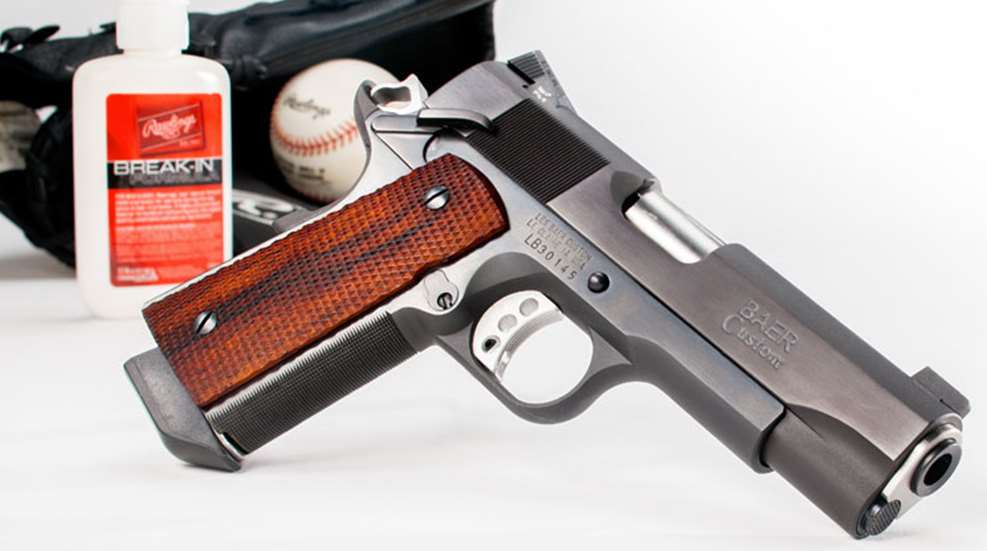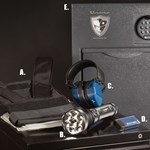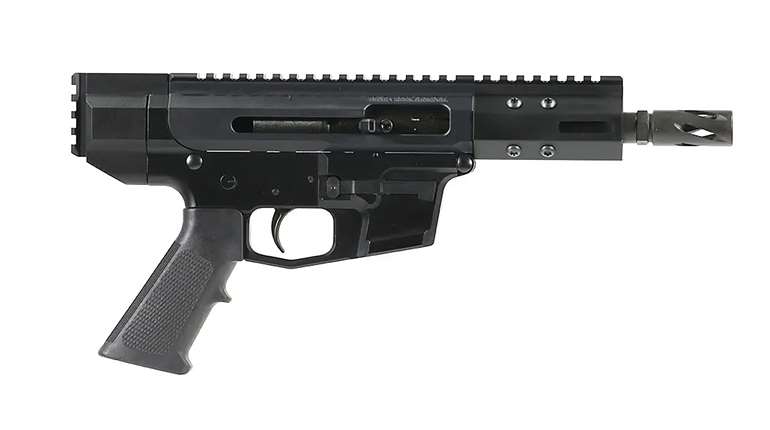
The problem
My question comes from a discussion I had with the salesman at the gun store after I bought my new Walther PPQ chambered in 9 mm. First, let me say I am a woman who has some experience with firearms and owns a revolver for personal protection. I thought I would upgrade to a semi-automatic pistol, which would enable me to shoot in the pistol league at the local gun club, as well as increase capacity over my revolver. Can you imagine my surprise when the gentleman at the gun store told me I should shoot at least 300 rounds of carry ammunition through the handgun to break it in properly before carrying it to defend myself? He suggested 500 rounds would be better to ensure that it wouldn’t malfunction in case I needed it.
I almost cancelled the sale, but decided to take my chances since I really liked the pistol. I could only afford 200 rounds of ammunition that day, but now I am reluctant to use the gun until I’ve shot enough ammunition through it to ensure it won’t let me down when I need it most.
Is there a reason why such care and expense must be taken with a semi-automatic pistol as opposed to a revolver, or was the guy at the gun store just trying to sell me costly ammo?
—Jean Bresnahan, Sandusky, OH
The Solution
Your question about break in of your pistol is an often debated one and everybody has an opinion. I’m sure the gentleman at the gun shop was sincere and well meaning, but I think he might have had some interest in selling ammo, as well.
Years ago, it was a common practice to buy a semi-automatic pistol and immediately take it to the local gunsmith to tune it up before firing the first shot. The next step was to fire several hundred rounds through it to verify reliability. In reality, doing so probably wasn’t as important as we initially thought, and with the advances in manufacturing technology today, it is likely unnecessary. Validating reliability is important, but it doesn’t have to be a long, drawn-out and expensive.
Most quality manufactures function test their products prior to shipping and they liberally lubricate the moving parts as well to enhance the likelihood the consumer will have a positive and malfunction-free experience right out of the box.
Just as important as preparing a new firearm is getting the shooter familiar with their new pistol and how it operates. Often, shooters cause their own difficulties by not becoming familiar with how their new handgun operates before going to the range to shoot this latest acquisition. Of course, if the gun fails to perform perfectly, it’s always the gun’s fault and never the shooter’s lack of skill that generated the problem.
My recommendation to you and anyone new to any firearm is to read the owner’s manual prior to going to the range. Learn how to field-strip, clean, lubricate and function test the firearm before introducing ammunition into the equation. Learn what all the levers and buttons do by actually operating them in a safe environment and without distraction. It wouldn’t hurt to do a little dry-fire practice. This will familiarize the new owner with what the trigger feels like and how the gun operates before adding the live-fire process to the mix. On the psychological level, this adds confidence, and the high likelihood of a successful experience when visiting the range to shoot the gun for the first time.
When initially going to the range, take some practice ammunition, which is less expensive, and some carry ammunition to validate the operation of the gun. Use quality factory ammunition of both types to minimize the potential of ammunition-induced stoppages. Load each magazine you plan to use with the gun to full capacity with the practice ammunition first. Shoot that ammo to get used to the feel of the gun and the point of impact on the target. If any stoppages occur—which they shouldn’t—take note of what happened for future reference. Load the magazines again and continue practicing. After several magazines of practice ammunition, switch to your carry ammunition and see if that doesn’t work well for you. By then you should be comfortable with the handling and firing of the handgun, which reduces the potential of shooter-related stoppages.
If shooting the self-defense ammunition leads to satisfactory results with no malfunctions, you have proven and validated the mechanical ability of the pistol and its magazines.
Should you experience a stoppage during your shooting, make notes as to what happened to see if the problem you have is developing a pattern. This aids in diagnosing and correcting the problem that presents itself.
As an option, have another shooter—perhaps a member of your shooting club—fire it and see if they have the same problem. If so, or if the problem persists with both types of ammunition, I recommend contacting the manufacturer, because at that point it is unlikely further shooting will make much of a difference.
The ultimate goal is to be able to shoot the ammunition you carry for personal protection from a clean and lubricated pistol without having (or worrying about) a stoppage. If you can do this on the range, there is a very good chance you will be able to do it if and when you need to protect life and limb. The number of rounds that need to be fired to break in the pistol is merely one’s opinion.





































